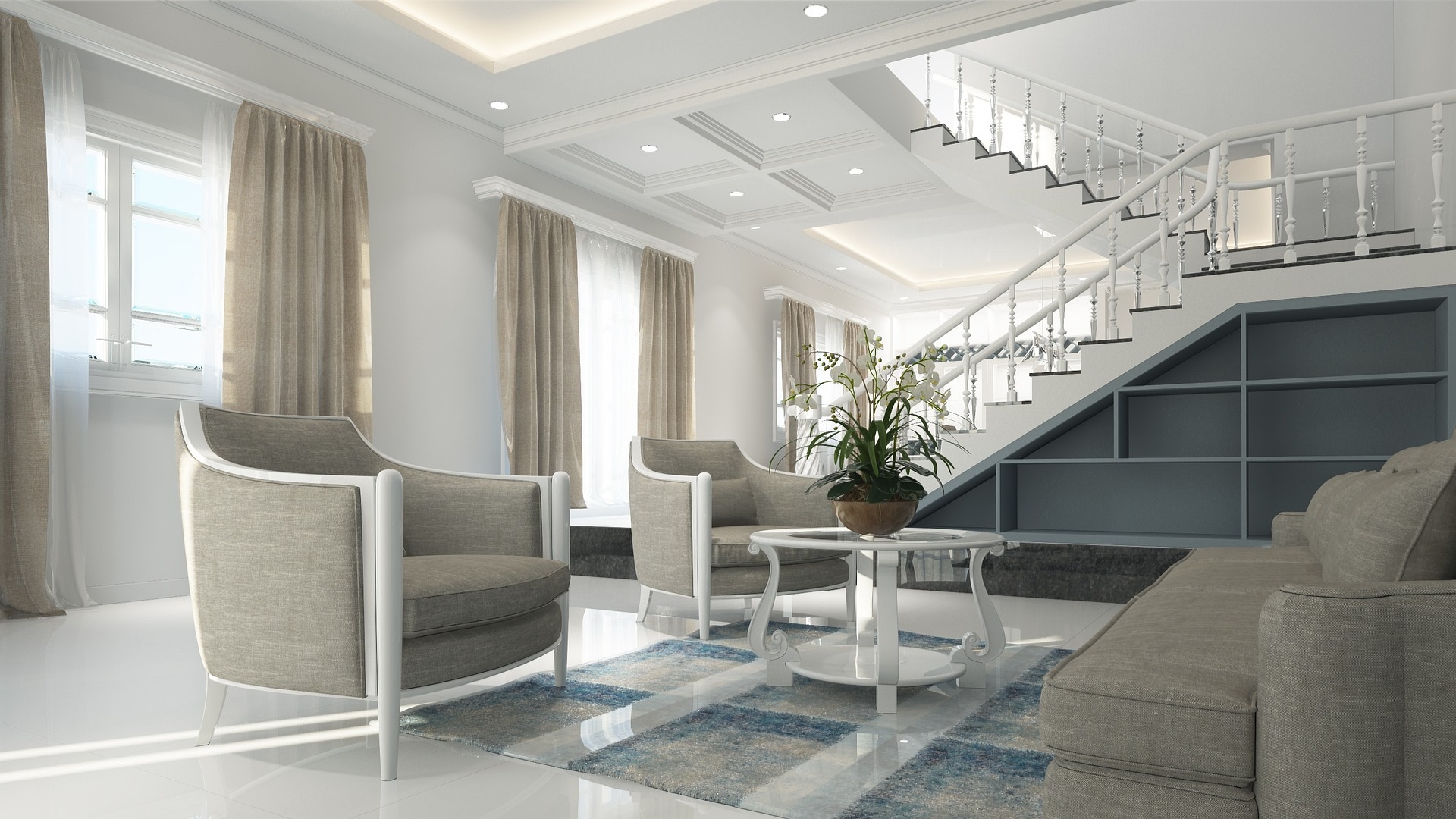The definition of naturalistic housing depends on the context of the architecture. The most common image that comes to mind is a rustic abode, perhaps a log home or a beach cottage. It’s a place where simple materials and settings allow us to relax and take in our surroundings. It’s meditative and calming. It’s a space where you can dream about your potential while being thankful for what you have.
In urban areas, there is another sort of ‘natural’ environment. It’s the genre of warehouse loft conversion and its industrial aesthetic has proven to be quite durable. Warehouse living became the refuge of starving artists in New York City in the late 1950s. Common kitchens and baths were the sacrifice for low rent and a flexible living space.
By the 1970s work-live spaces and loft living had become the chic choice for upwardly mobile professionals and a target for real estate developers. The exposed infrastructure, such as wiring conduit and ductwork, appealed to those who loved the honest and raw aesthetics of the industrial space. Primer-painted steel, exposed brick, and wood with the patina from another age captured the imaginations of the residents.
As naturalistic environments, the industrial loft and the rustic log home both have an organic feel that accentuates contrasts between have and have-not. That gap is really where people begin to connect with and define their environment. It becomes a source of energy and inspiration. It compels the resident to consider their space from a multi-disciplinary perspective. It makes us feel intelligent and reflective.
The aesthetic is rooted in the idea of self-sufficiency and autonomy. The mindset invites community and conversation. Closely related to the ethos of pioneering, naturalism embraces the idea that a sacrifice in refinement is rewarded with an opportunity. It’s asceticism in practical terms for simple, modern day living. Ironically, the fusion of a new sense of modernism in old frameworks and structures defines aspirational décor.
When planning a naturalistic environment, the concept is minimalistic and comfortable. Contrasts such as exposed brick walls in a stance against IKEA modern with fabrics that are textured and neutral. It’s character is highly flexible to accommodate improvised spaces. Tables with wheels, lights that swivel to focus on new subjects, and furniture that can be repurposed are staples. Modern, practical décor with time-worn construction materials is the central theme of naturalistic design.
In 2021 and beyond, industrial design is expected to have a central role in residential construction. Changes in how people work and live will influence the design characteristics of new homes. Office spaces will be redefined by the need to share those essential rooms with other family members. The theme of reform, rehabilitation, and re-use will be superimposed on the traditional family space with special acknowledgement for these uncertain times. The result will be a more intentional minimalism that values genuineness and respects limited resources.
Questions or comments? Want to talk about your next real estate transaction? Contact us today.





